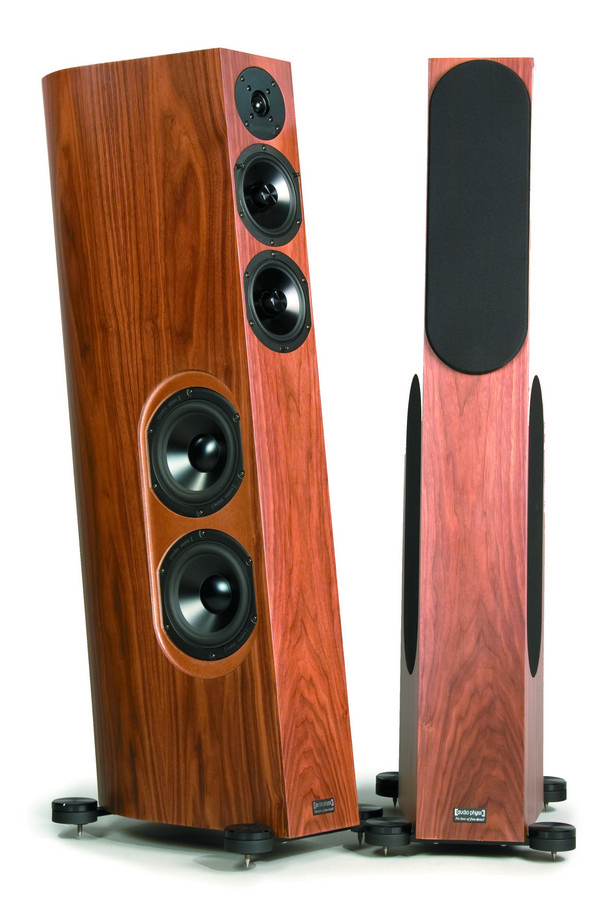BrokenEnglishGuy
Major Contributor
- Joined
- Jul 19, 2020
- Messages
- 2,110
- Likes
- 1,268
I mean, Put a Ok tweeter, and Ok mid-woofer in the top + dual opposed woofers in the below cabinet for bring more LFE...?
( 2 box's, one in the top and the another one below)
is not a complicated to do.. yet most of the speakers sucks at LFE, even the expensier ones
You can put a big lateral woofers without making a huge speaker.. and these are going to cancel the vibrations, its a good idea.
Why insist in put the LFE in front of the speaker?
A dual opposed woofer for the range 20hz-100hz, and the top box for the 100hz-20,000khz range.
For example this one, is not a 2 box tower but you got the idea

( 2 box's, one in the top and the another one below)
is not a complicated to do.. yet most of the speakers sucks at LFE, even the expensier ones
You can put a big lateral woofers without making a huge speaker.. and these are going to cancel the vibrations, its a good idea.
Why insist in put the LFE in front of the speaker?
A dual opposed woofer for the range 20hz-100hz, and the top box for the 100hz-20,000khz range.
For example this one, is not a 2 box tower but you got the idea

